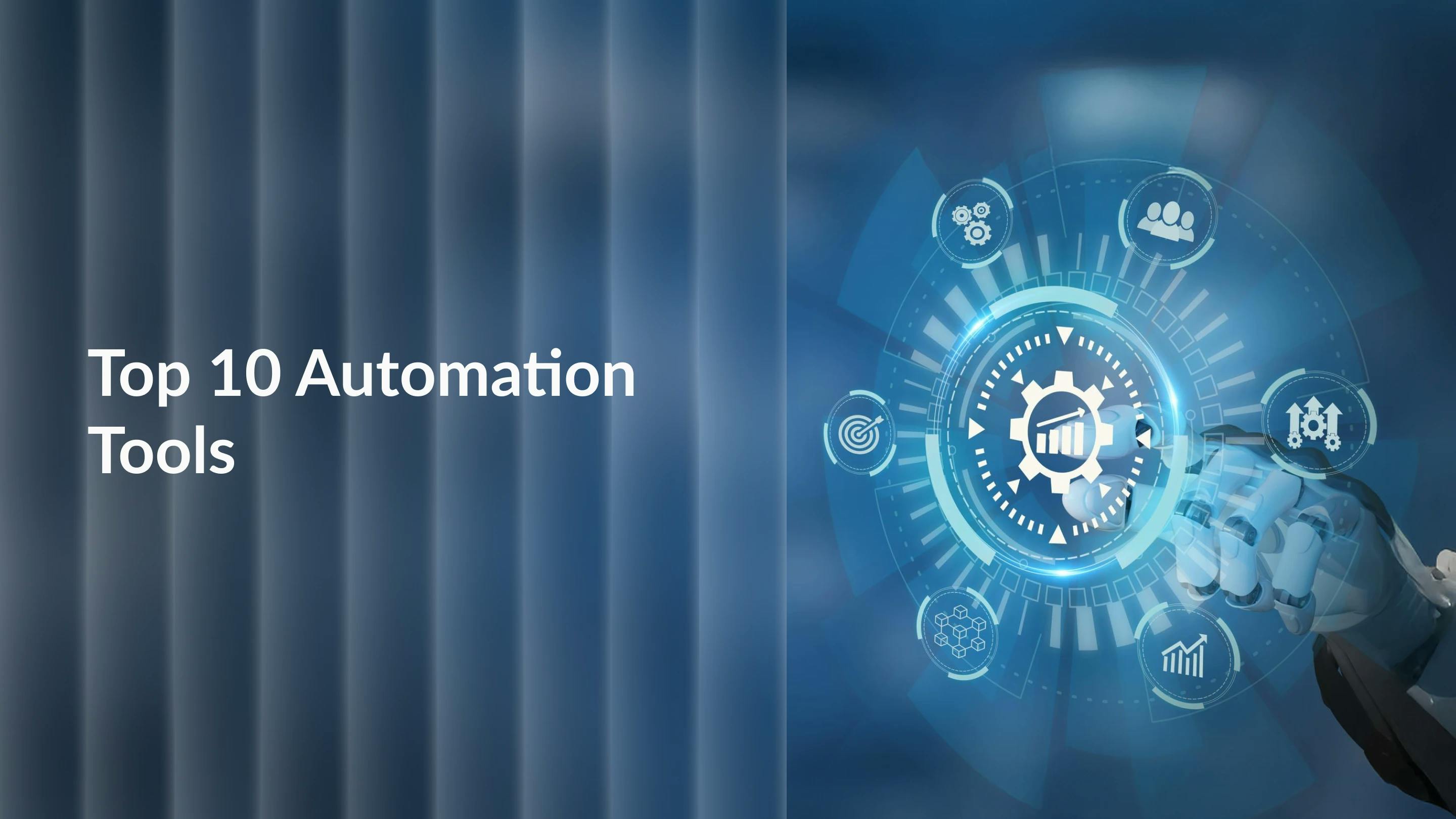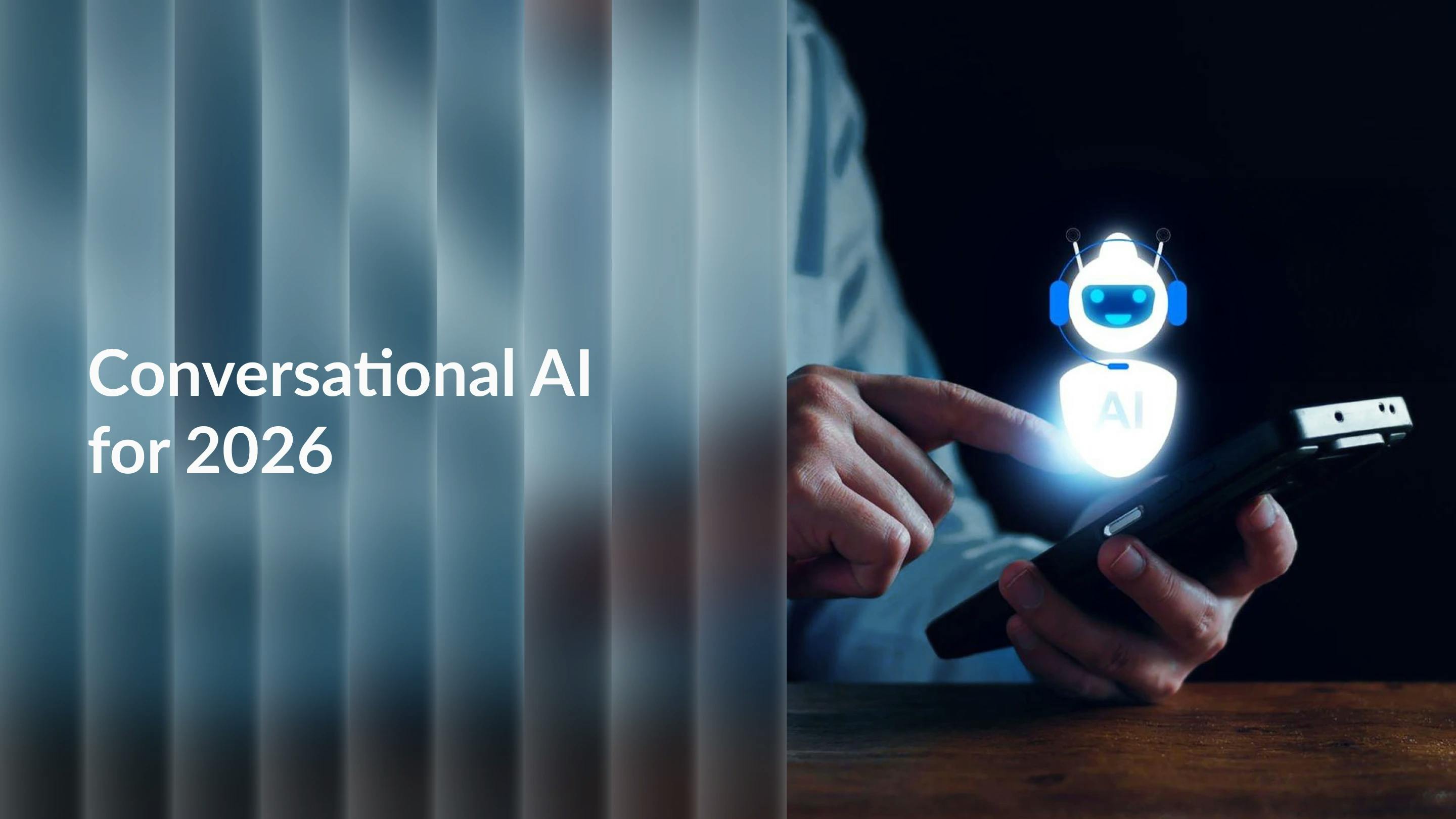
TL; DR
- Conversational AI agents are used in AI cold calling to automate outbound sales conversations, managing qualification, objections, and appointment scheduling on a large scale.
- Natural language processing, speech recognition, and CRM integration are all combined by technology to provide human-like conversations at no expense to human labor.
- While lowering per-call expenses by 60–80%, real estate agents and B2B sales teams witness three to five times more daily talks.
- Best results come from hybrid models where AI cold callers handle initial outreach and human reps close qualified opportunities
- Implementation requires clean data, clear scripts, compliance guardrails, and continuous optimization based on call analytics
Introduction
Your sales team makes 80 calls a day. Maybe 12 people answer. Three agree to a meeting. One actually shows up.
Now imagine multiplying those numbers by ten without hiring anyone new.
In 2025, AI cold calling will accomplish that. Not the automated telemarketing calls that come to mind. While your real team concentrates on closing business, we're talking about conversational AI agents who seem human, intuitively manage objections, and qualify prospects.
The technology jumped from experimental to mainstream between 2023 and 2025. What changed? Speech synthesis got scary good. Natural language models learned to navigate real conversations. Additionally, these systems could be plugged straight into your current sales stack thanks to integration APIs.
Here's how it really functions and what you should know before putting it to the test.
What AI Cold Calling Actually Means
Automated outbound phone calls made by conversational AI voice agents are known as "AI cold calling." These systems call prospects on your list, give naturally varied scripted pitches, respond to inquiries instantly, and schedule meetings or close sales based on the results of conversations.
The core components include:
- Speech recognition engines that convert prospect responses into text instantly
- Natural language processing models that interpret intent and context
- Text-to-speech synthesis that generates human-sounding voice output
- Decision logic frameworks that determine appropriate responses based on conversation flow
- CRM integrations that log call data, update records, and trigger follow-up sequences
Unlike traditional autodialers that just connect human reps to live answers, an AI cold caller conducts the entire conversation autonomously. It introduces your company, describes your value proposition, responds to common objections, assesses prospects according to your criteria, and either sets up a meeting or documents the outcomes for subsequent outreach.
When the messaging is mostly consistent, the system works best in high-volume, repetitive conversations. Consider scheduling appointments, qualifying leads, inviting people to events, and making the first discovery calls.
What does it not replace? Emotional intelligence is more important than efficiency in complex consultative selling that calls for in-depth industry knowledge or relationship-building discussions.
How AI Cold Calling Technology Works Behind the Scenes
When an AI cold calling bot dials a prospect, several systems activate simultaneously.
The calling infrastructure uses VoIP technology to initiate the connection. Most platforms interact with services like Twilio or Telnyx to manage actual call routing, lowering expenses as compared to traditional phone systems.
The conversation engine kicks in once someone answers. Here's the technical sequence:
- The AI introduces itself using pre-configured opening scripts
- Speech recognition converts the prospect's response into text within 200-400 milliseconds
- The NLP model analyzes intent (interested, objection, question, hang-up signal)
- A decision tree or machine learning model selects the appropriate response
- Text-to-speech synthesis converts that response into natural audio
- The AI delivers its response and waits for the next input
This loop repeats throughout the conversation. Advanced systems adjust tone, pacing, and energy level based on prospect engagement signals. If someone sounds rushed, the AI speeds up. If they ask clarifying questions, it slows down and provides more detail.
The intelligence layer determines whether a call succeeds. Basic systems follow rigid scripts with limited branching. Sophisticated platforms employ vast language models to provide contextual responses on the fly, making conversations feel less robotic and more adaptive.
The integration backbone connects everything to your sales ecosystem. The technology allocates tasks to human representatives, sends email sequences, modifies lead ratings, files the results in your CRM, and feeds performance data into analytics dashboards when a call concludes.
Most AI cold calling software platforms also include compliance features. They comply with time-zone constraints, issue required disclaimers, verify numbers against Do Not Call lists, and record calls for quality control.
Where AI Cold Calling Delivers the Biggest Impact
Real Estate Lead Qualification
Real estate agents face a brutal volume problem. They're working 30-50 active leads while handling showings, paperwork, and client management.
An AI cold caller for real estate takes over the grunt work. To locate sellers prepared to list or buyers prepared to tour, it contacts old database contacts, FSBO leads, and expired listings. The AI schedules appointments immediately on the agent's calendar after qualifying the timetable, price range, location, and motive.
Real estate teams report 200-400% increases in qualified conversations without hiring anyone. Cost per qualified lead drops from $150-300 to $30-60.
B2B Appointment Setting
Where a human SDR reaches 15-20 decision-makers daily, an AI cold calling agent initiates 200-500 calls at the same time.
The math is simple. At an 8% connect rate and 15% meeting set rate, a human SDR books 2-3 meetings daily. An AI system books 6-12 meetings from identical metrics, then hands qualified prospects to human reps for actual sales conversations.
Most B2B teams use hybrid models. The AI handles initial outreach and disqualification. Humans take over when prospects show genuine interest.
Event Registration and Webinar Promotion
Marketing teams deploy conversational AI for cold calling to drive event attendance. The AI calls registered contacts who haven't confirmed, answers logistics questions, and sends calendar invites in real-time.
This works because it's low-stakes. Prospects aren't being sold anything. They just need reminders and reassurance. The AI handles hundreds of these calls daily while marketing focuses on strategy.
Lead Reactivation Campaigns
Dead leads in your CRM represent sunk marketing costs. Most companies write them off after 90-180 days.
AI cold calling tools make reactivation profitable. The technology costs so little per call that you can re-engage leads that would never justify human attention. Even a 2-3% reactivation rate generates a positive ROI when working with thousands of aged contacts.
Read more:
- How Does Call Centre Automation Work? A Complete Guide
- How AI Call Centers Are Changing the Customer Support Industry
- AI in Call Centers: How It Changes the Role of Human Agents
- Why Every Missed Call Costs SMBs More Than They Think
- How A Legal Intake Call Centre Will Help You Retain More Clients for Your Law Firm
- Reduce Call Wait Times by 90% with Dialora's AI Customer Support Agents
Choosing the Best AI Cold Calling Software for Your Needs
Not all platforms deliver the same quality. Here's what separates good systems from garbage.
- Voice quality matters more than features. If the AI sounds robotic or glitchy, hang-up rates will kill your results. Test several platforms with real calls before committing to anything. Check for true inflection, natural pacing, appropriate pauses, and artifact-free, clear audio.
- Integration depth determines operational efficiency. The best AI cold calling software syncs bidirectionally with your CRM, dialer, calendar, and email platform. You want automatic lead importation, real-time call logging, easy appointment scheduling, and automated follow-up sequences.
- Customization flexibility affects performance. Basic platforms offer template scripts with minimal editing. With sophisticated systems, you may create intricate conversation trees, include dynamic variables (such as the name of the prospect, the firm, and past interactions), and train unique models based on your particular use cases.
- Compliance infrastructure protects your reputation. Verify that the platform has TCPA compliance features, DNC scrubbing, state-specific calling hour limitations, required disclosures, and call recording consent. Tens of thousands of dollars in fines could be imposed for a single violation.
- Analytics capabilities drive optimization. Connect rates, conversation length, objection trends, qualification accuracy, and outcome distributions must all be visible to you. To assist you in consistently improving scripts, the finest solutions provide call transcripts, sentiment analysis, and keyword monitoring.
Best AI cold calling platforms in 2025 include:
- Bland AI (general-purpose conversational AI with strong customization)
- Dialora.ai (no-code interface for non-technical teams)
- Thoughtly (sales-focused with native CRM integrations)
- Air.ai (complex conversations with advanced reasoning)
- Mindtickle AI cold call practice (training and simulation for human reps, not actual outbound calling)
Pricing typically ranges from $0.10 to $0.50 per minute of conversation, plus monthly platform fees between as low as $297 (for Dialora) till $5,000, depending on volume and features.
Best Practices for Implementing AI Cold Calling Successfully
Start With Clean, Segmented Data
Poor data leads to poor outcomes. Sort prospects by industry, firm size, engagement history, and lead source, check lists for duplicates, and verify phone numbers before starting campaigns.
Targeted lists let your AI personalize messaging and drive higher conversion rates.
Build Scripts That Sound Human
Write conversationally. Use contractions. Vary sentence length.
Bad script: "I am calling to discuss how our solution optimizes operational efficiency."
Better script: "Hey, I'm reaching out because we help teams like yours cut scheduling headaches by about 60%. Worth a quick conversation?"
Test scripts with colleagues first. If it sounds weird when a human reads it, AI will make it worse.
Set Clear Qualification Criteria
Define must-have attributes upfront: budget, authority, need, timeline. Add nice-to-have signals like previous engagement or competitor usage.
Program your system to ask disqualifying questions early. Better to end unproductive calls in 45 seconds than waste three minutes discovering the prospect has no budget.
Use Hybrid Human-AI Models
Pure AI works for event registration, basic qualification, and reactivation. For everything else, humans should handle conversations after initial qualification.
The AI cold caller books the meeting. The human rep closes the deal with context from the AI conversation.
This gives you AI's scale and human relationship-building where it matters most.
Monitor and Optimize Continuously
Review call recordings weekly. Identify objections the AI handles poorly. Track which scripts generate the highest meeting set rates. Test variations systematically.
Most teams see 20-40% performance improvements between month one and month six through iterative optimization.
Respect Legal and Ethical Boundaries
Disclose AI usage if required by local regulations. Honor opt-out requests immediately. Never misrepresent your offering. Avoid calling outside permitted hours.
Short-term growth from aggressive tactics isn't worth the long-term legal and reputational risk.
Conclusion
AI cold calling isn't science fiction anymore. It's a working infrastructure that sales teams use every day to multiply conversations without multiplying headcount.
The technology handles repetitive outreach at scale while your human reps focus on qualified prospects ready for real sales conversations. Done right, it's a force multiplier that significantly changes your unit economics.
Start small. Test one use case with a few hundred leads. Measure results honestly. Optimize scripts based on real conversation data. Scale what works.
In 2025, the teams that succeed with AI cold calling won't take the place of people. Where it counts most, they are creating hybrid systems that combine human expertise with AI's relentless efficiency.
All set to test it? Conduct a 3-day trial of your most popular, repeatable outreach campaign. You will learn everything you require from the data.
FAQ
How to use AI for cold calling?
AI makes cold calling easier and allows agents to focus on closing business by automating outbound calls, using speech recognition and natural language processing to engage prospects, tailoring scripts, taking real-time notes, and scheduling follow-ups.
What are the best platforms for role-playing cold calls and sales pitches with AI?
Top platforms include Outdoo (MeetRecord) for GPT-based AI roleplay, Zenarate for immersive sales training, Hyperbound for voice customization, and replay for AI-driven review sessions, enabling reps to practice objections and improve pitch effectiveness.
Can AI make cold calls?
Indeed, AI cold calling agents manage initial outreach, qualify prospects, and schedule appointments using speech synthesis, natural language processing, and intent identification. For optimal outcomes, they transfer complex negotiations to human sales representatives while simulating real talks.



